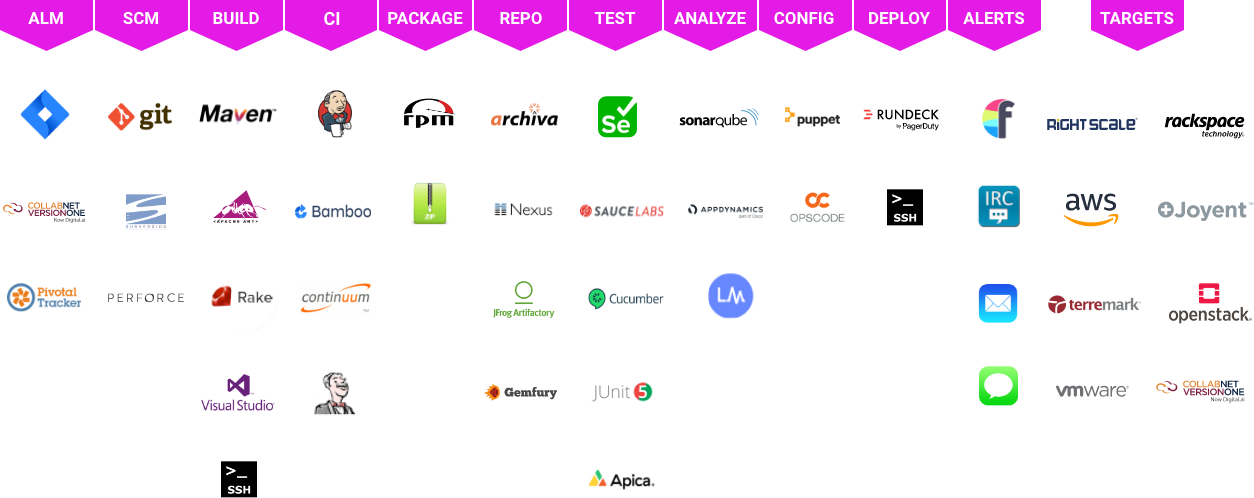As referenced above, there are a number of tools out there supporting different aspects of CI/CD, but Jenkins has proven to be the best software platform for CI/CD.
Fortunately, most development organizations are already using open source Jenkins in some capacity today and comfortable with it. As with any critical piece of infrastructure software, organizations typically need the enterprise-grade features, reliability and deployment expertise to take full advantage of it and minimize the risk to your organization. This is especially true with CI/CD.
CloudBees, the enterprise Jenkins company, is a proven entity in CI/CD. CloudBees provides solutions that enable DevOps teams to respond more rapidly to the software delivery needs of the business. Building on the strength of Jenkins, the CloudBees Jenkins Platform provides a wide range of CI/CD solutions that meet the unique security, scalability and manageability needs of enterprises. The CloudBees Jenkins Platform supports many of the world’s largest and most business-critical deployments.









